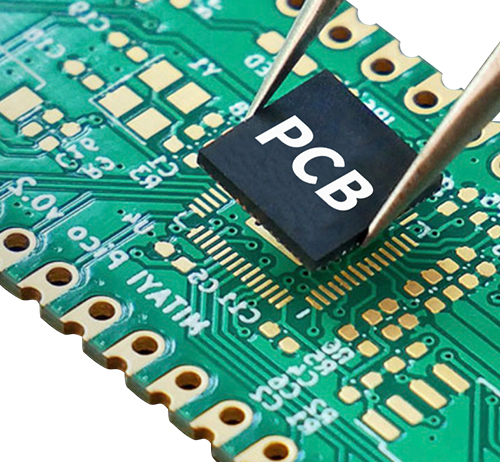Time:2022-10-27 Visit:
1. How to select PCB board after PCB design is completed?
The selection of PCB board must strike a balance between satisfying the design requirements, mass production and cost. The design requirements include two parts: electrical and mechanism. This material issue is often important when designing very high speed PCB boards (frequencies greater than GHz). For example, current earth-type FR-4 materials whose dielectric loss at frequencies of a few GHz will have a large impact on the signal attenuation may not be appropriate. In electrical terms, pay attention to dielectric constant and dielectric loss at the frequency of the design.

2. How to avoid high-frequency interference?
The basic idea of avoiding high-frequency interference is to minimize the interference of electromagnetic fields of high-frequency signals, which is called Crosstalk. You can increase the distance between the high speed signal and the analog signal, or add the ground guard/shunt traces alongside the analog signal. Also pay attention to the noise interference of digital ground to analog ground.
3. How to solve the problem of signal integrity in high-speed design?
Signal integrity is basically a matter of impedance matching. The factors that affect the impedance matching include the signal source architecture and output impedance, the characteristic impedance of the cable, the characteristic of the load end, and the topology structure of the cable. The solution is to terminate the cable and adjust the topology of the cable.
4. How is the differential wiring method realized?
There are two points to pay attention to in the wiring of the differential pair. One is that the length of the two lines should be as long as possible, and the other is that the distance between the two lines (which is determined by the differential impedance) should always remain unchanged, that is, to keep parallel. There are two parallel ways: one is that the two lines run on the same level (side-by-side), and the other is that the two lines run on the next level (over-under). Generally, the former is implemented side-by-side more often.
5. For clock signal line with only one output end, how to realize differential wiring?
It is signal source and receiving end that must use difference wiring to also be difference signal ability has meaning. Therefore, differential wiring cannot be used for clock signals with only one output.
6. Can a matching resistance be added between the differential line pairs at the receiving end?
The matching resistance between pairs of differential lines at the receiver is usually increased, and its value should be equal to the value of the differential impedance. It'll give you better signal quality.